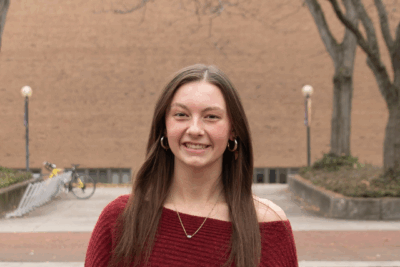Plant-based meat is having a moment.
In September, the United Nations crowned plant-based food companies Impossible Foods and Beyond Meat “Champions of the Earth,” their highest environmental honor. The two giants in the growing industry have begun courting China’s growing meat-eating middle class with “impossible dumplings” and “beyond buns,” according to a recent New York Times article. Today, Chinese consumers eat close to a third of the world’s meat.In the face of climate change and the perils of industrial meat production, a small dietary shift seems like the least we can do for the sake of personal and planetary health. But declaring all meat “bad” and all plant-based foods “good” oversimplifies a key climate question: how do our food choices affect the environment?
Well-intentioned people are eager to condemn industrial meat production for its cruelty and environmental destruction. But while some consumers want to cut meat completely, farmers and scholars who study regenerative agriculture have a different take: it’s not the cow, it’s the how.
When meat is raised right, it doesn’t hurt the environment, but instead heals it.
The key variable is carbon. In the atmosphere, carbon traps heat and warms the planet, triggering the destruction and misery of climate change. In the soil, carbon takes the form of organic matter; it fuels a vibrant web of life and acts like a sponge for water, helping the land deal with flood and drought.
How do we get the carbon out of the air and into the soil?
Put the cows on grass. Cows evolved eating grass, and good things happen when they come together.
A stimulating chomp from a cow sends grass into a frenzy. The plant sucks carbon dioxide from the air as it regrows its damaged foliage. The cows digest their meal and deposit nutrient-rich pies that feed the grass and soil in return.
I spent a summer living and learning at the Merry Lea Sustainable Farm in Wolf Lake, Indiana. One of my chores was moving the electric fence to create rotating paddocks for three Belted Galloway cows. The cows grazed a mix of clover and grasses between rows of black currants, pear trees and other food-producing perennials.
The cows at Merry Lea ate a diet supplemented with hay purchased from another farm. The system was not perfect, but the animals were able to play their part in the symphony of sequestration.
If we let cows do what they were meant to do, we can restore degraded land, put carbon in the soil, and harvest meat as a byproduct. Evolution knows best.
As with meat, growing plants can be extractive or regenerative. Most of the soybeans that go to make plant-based meat alternatives grow in monocultures where soil erosion and nutrient runoff are common. Thousands of hectares of rainforest, prairie and wetland ecosystems — important biodiversity hotspots — are cleared each year for soybean fields.
Finally, focusing on consumer choices, rather than corporate malpractice, lets the people who are really responsible for climate change off the hook. The Guardian reported two years ago that 71% of global emissions are caused by only 100 companies, citing a study conducted by an environmental nonprofit. By focusing on individual action, we blame the masses for problems created in large part by a powerful few.
Vegetarianism as climate action relies on market forces to enact change, when what we need is broad political pressure for large shifts in power. That means strikes, marches, and direct actions that challenge the corporate status quo.
To be sure, eating less meat can’t hurt. Grass-fed farms will never be able to produce industrial levels of meat on the same amount of land.
But to discount meat out of hand blurs a nuanced conversation.
I gave up industrial meat in high school. I was disturbed by what climate change means for my future, and I wanted to take action.
I’m still disturbed, and I still want action, but the simple answer is rarely the best.
Regenerative agriculture will be a crucial part of reversing climate change and feeding a growing population in the 21st century. We need all the tools in the shed to put food on the table.


